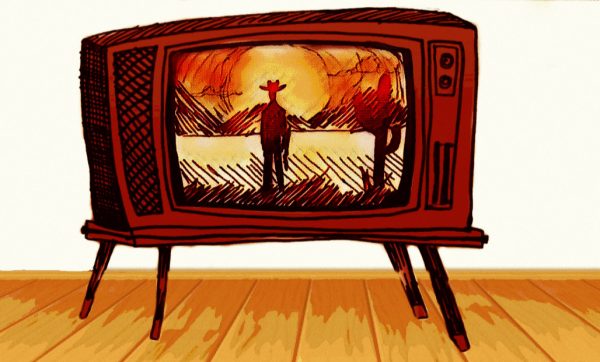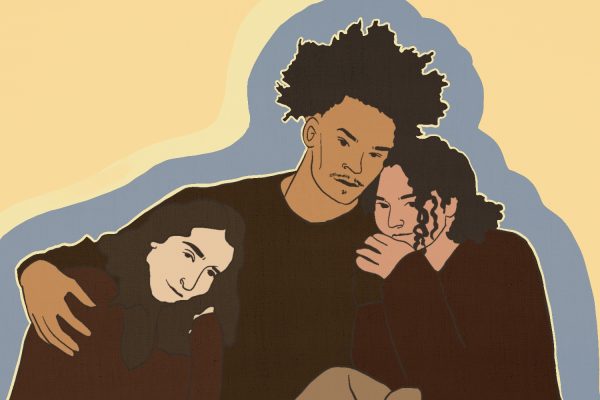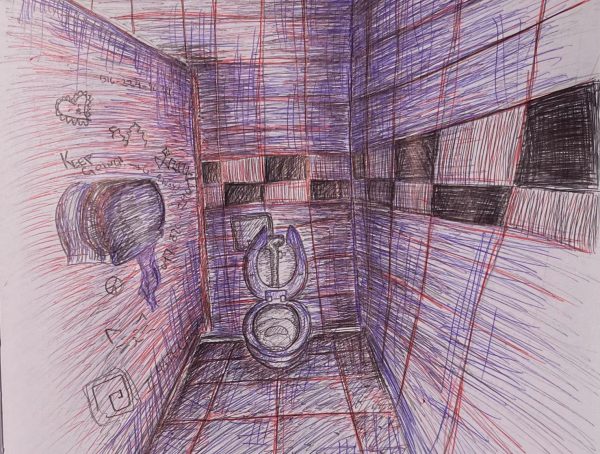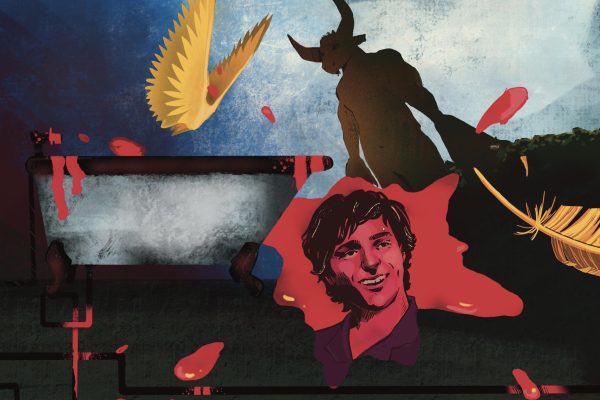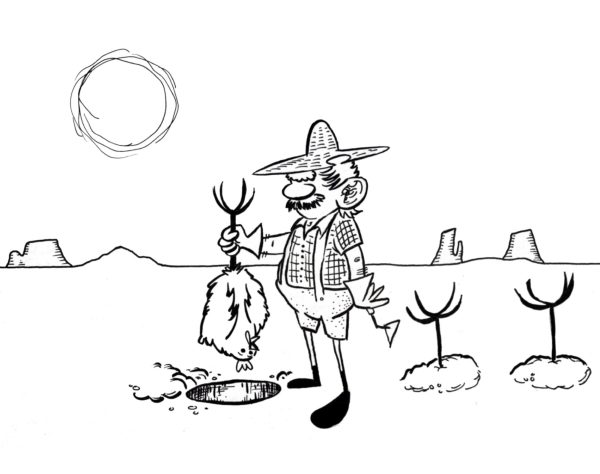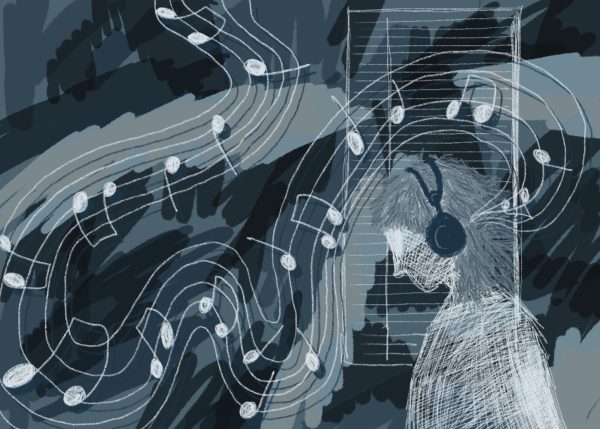UVM students discuss best and worst sex scenes in film
December 12, 2017
Most mainstream movies nowadays have some form of romantic subplot. These on-screen relationships usually culminate in a steamy, dramatic, perfectly-lit sex scene, accompanied by the ideal soundtrack and flawless cinematography.
Here are the best and worst sex scenes according to UVM students along with some deeper thoughts surrounding sex as it’s shown to us in pop culture.
For best sex scene, sophomore Sam Benedetti mentioned the pool scene from “Whip It.”
“It was a very genuine scene, and while it didn’t show any of the sex itself, the scene was really tender,” Benedetti said. “It’s just a really sweet scene.”
“Movies and shows never show the real, raw parts of relationships or accurate dynamics. It’s always just sex and cheesy dates and fighting”
— Hayden Rungren
First-year Hayden Rungren loved the scenes in the Netflix original “Sense8” between characters Lito and Hernando.
“They were always nice and consensual,” Rungren said. They also mentioned that “Sense8” represents a variety of queer characters and relationships very well.
Two movies were mentioned due to their sheer hilarity. Junior Ian Lund referenced “The Room” and sophomore Erik Brown pointed to “Team America.”
There were recurring titles when it came to the worst sex scene as well.
“Blue Is The Warmest Color” was also mentioned a few times.
Benedetti said the actresses were harassed throughout the sex scene and had to have brutal days when all they did was film was sex scenes.
“The scenes themselves were very much a male’s portrayal of what lesbian sex is,” Benedetti said. “It wasn’t genuine at all.”
Next up was “Fifty Shades of Grey.”
“It was stupidly unrealistic,” first-year Alex Nelson said. Nelson also said Christian Grey was a manipulative character and the movie did not portray BDSM well.
Students also recounted graphic portrayals of sexual assault in films. I agree—The rape scene in Netflix’s adaptation of Jay Asher’s bestselling novel “Thirteen Reasons Why” made me physically sick, while Brobst said she just couldn’t watch the assault in “The Duchess.”
Students said some scenes were terrible because of how pointless they were to the plot of the movie, specifically “300: Rise of an Empire.”
“Besides the fact that the movie should not have been made in the first place, the sex scene was unimportant to the plot and didn’t add anything except a stupid dynamic between the main characters,” Lund said.
Same with the sex scene in “The Matrix Reloaded.”
“It was just weird,” first-year Jade O’Connor said.
First-year Elle McGee said she thought the opening sex scene of “Bridesmaids” was the most cringeworthy.
“I saw it with my sister and mother when I was 12 — my sister was 14. In the car ride home after the movie, my mom was trying to explain that that had been sex,” McGee said. “She didn’t know the movie was rated R when she took us. My sister responded with, ‘That wasn’t sex because I can’t picture you and dad doing that.’”
Possibly the worst thing about the representation of sex and relationships in movies and shows as a whole? It’s too perfect. Sex in the real world doesn’t exactly come with full-fledged lighting, makeup and hair teams. It’s important that films and shows start to portray the discomfort and awkwardness that happens in some sexual encounters and in relationships as a whole.
“Movies and shows never show the real, raw parts of relationships or accurate dynamics,” Rungren said. “It’s always just sex and cheesy dates and fighting”
Mainstream movies often only show incredibly unhealthy relationships, Nelson said. “They either show an idealized relationship where everything is perfect until one tiny thing and everything falls apart, or they show a display of each member of the couple actively trying to get away from each other to hang out with their pals.”
“Sex is awkward and funny,” O’Connor said.”Movies and shows should portray that.”
Other students noted the impact sex in media could be having on society as a whole.
“It would be cool if the trope of straight men viewing their marriage or relationships as burdens could change,” junior Scott Tanch said.
Popular culture is enforcing damaging stigmas about sex and relationships, Brown said.
“I wager that if media stopped obsessing over sex and making it seem like some kind of shameful forbidden fruit then, perhaps, the average person might not be so uncomfortable about sex,” he said.
Nelson and Rungren said they want to see more accurate dynamics in on-screen relationships, like learning how to be comfortable around each other, discussions about boundaries and less pointless arguments.
Other students called for more and better representation of LGBT sex and relationships as well as the female perspective of sex in film and shows.
“[They should] change the stereotypical roles of what women and men want in relationships and sex because they’re largely inaccurate, as well as have genuine homosexual couples with a non-fetishized version of sex,” Benedetti said.
Senior Camille Broccolo and first-year Eden Harari said that they wanted to see scenes that show LGBT sex and relationships in the same way as heterosexual couples.
So, as well-done and enjoyable as sex scenes are sometimes, sex isn’t really depicted well in movies and shows as a whole. As humans, we’re able to see the overemphasized perfection these scenes are filled with due to our own experiences and preconceptions. We can, however, usually enjoy them anyway.
I, for one, tend to nitpick everything about how sex is presented in TV shows and movies. I mean, how does everyone’s hair look so perfect during sex? And how do they wake up the next morning so beautiful and relaxed? And how do blankets always perfectly censor the actors’ naughty bits?
Movie magic – that’s how.








